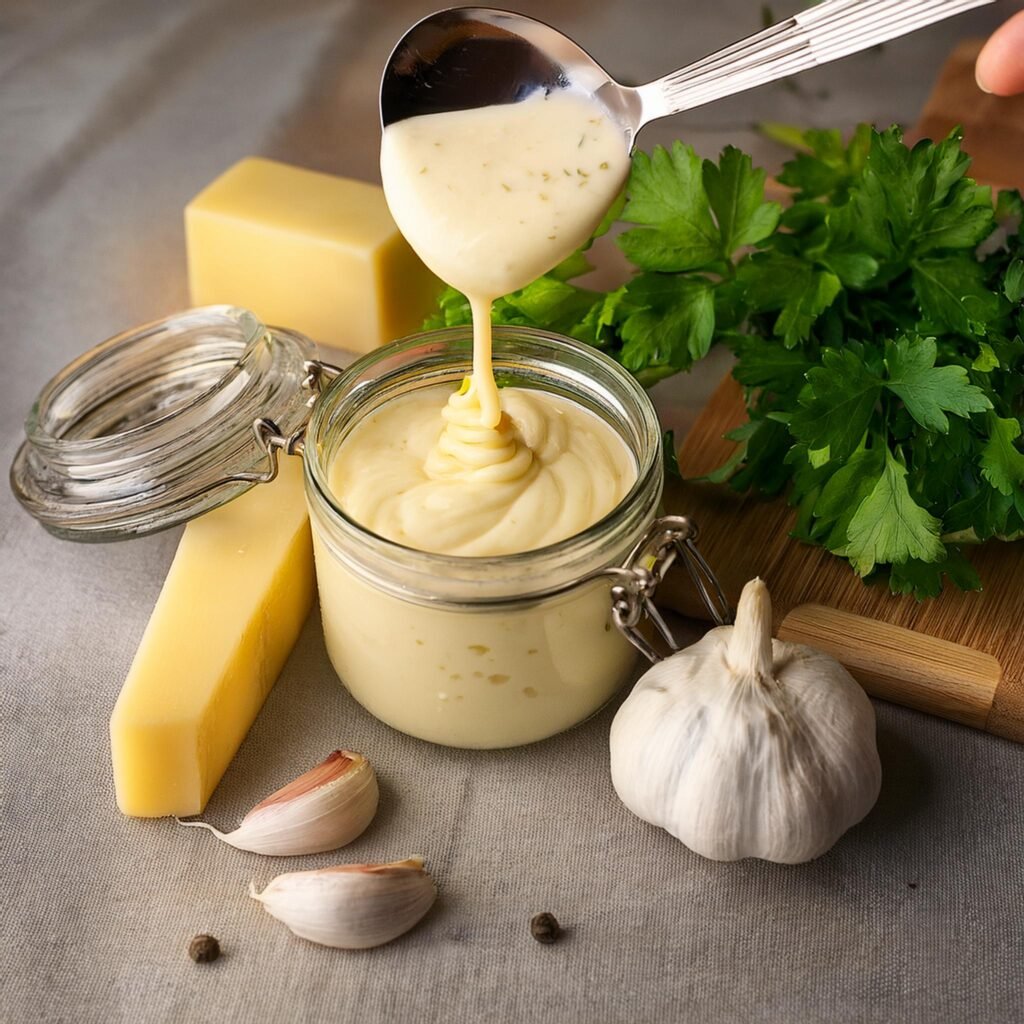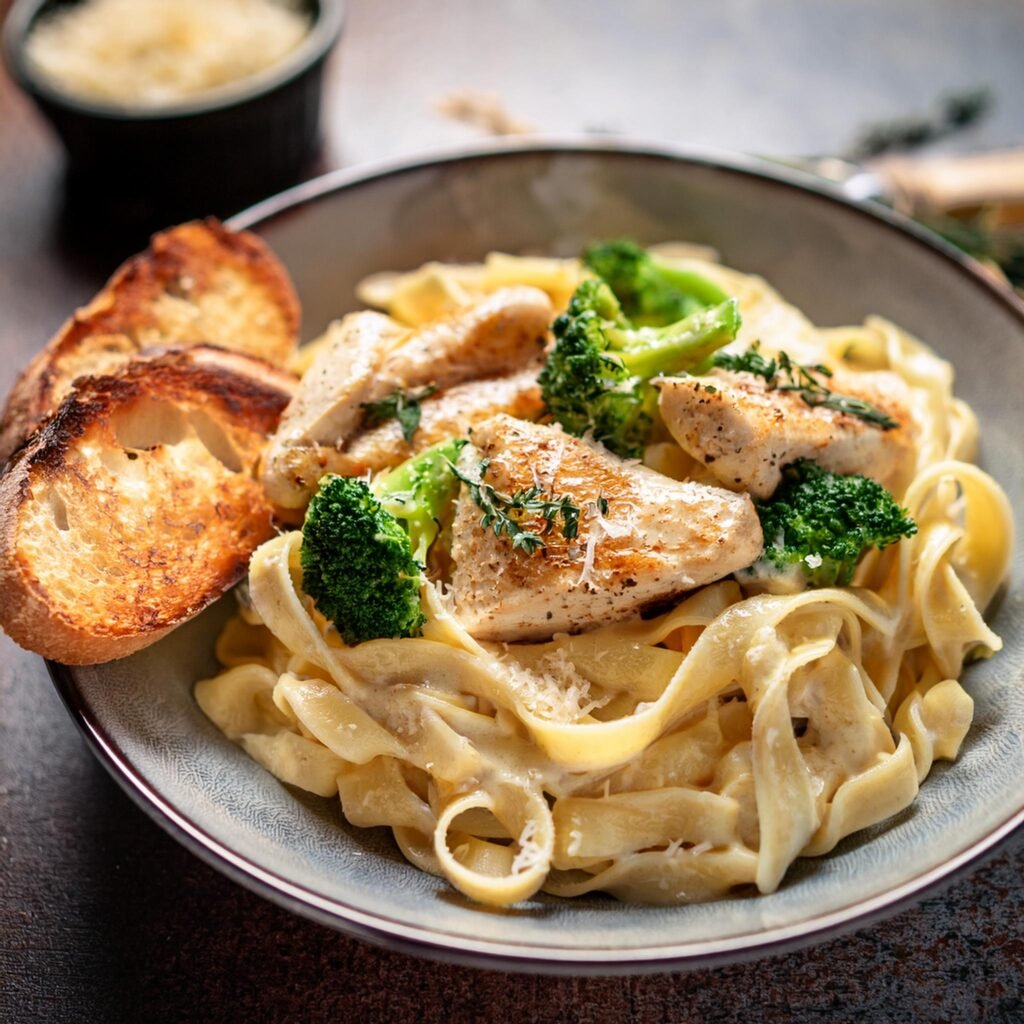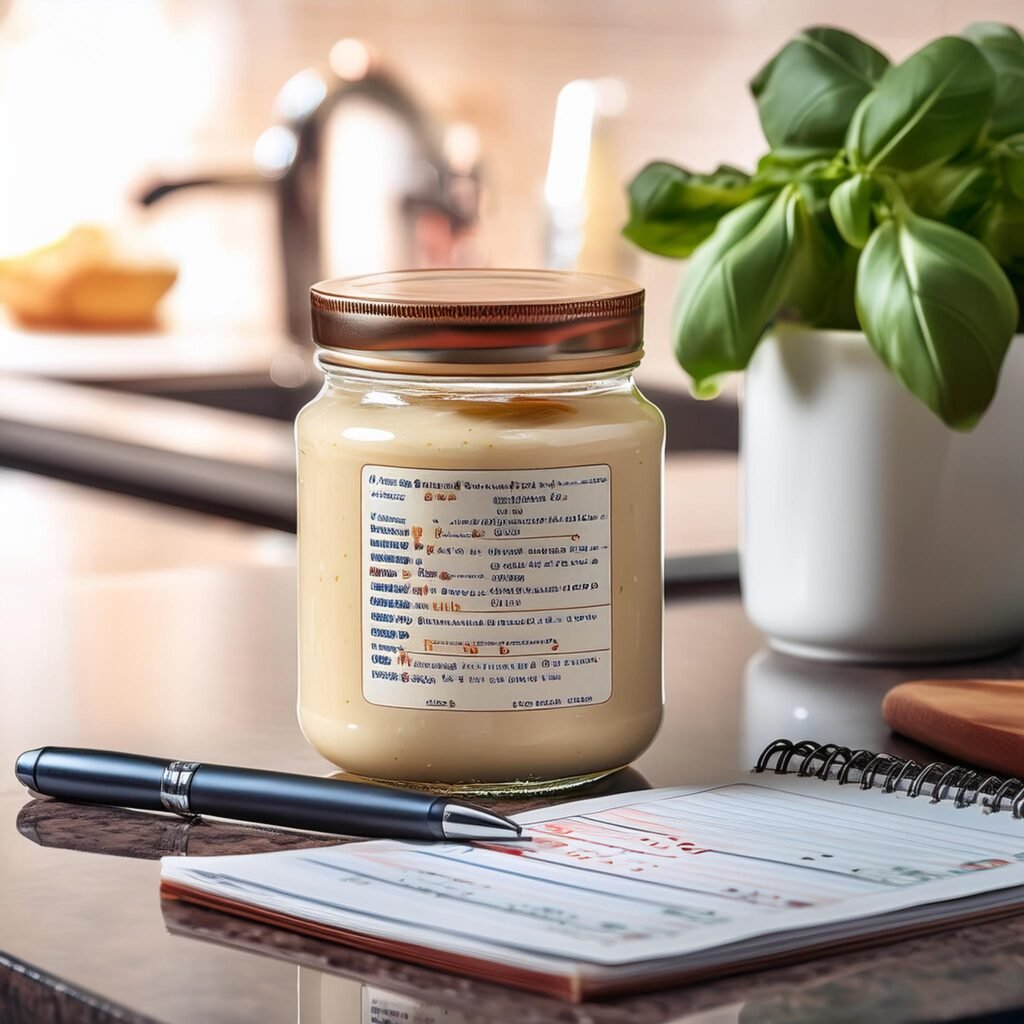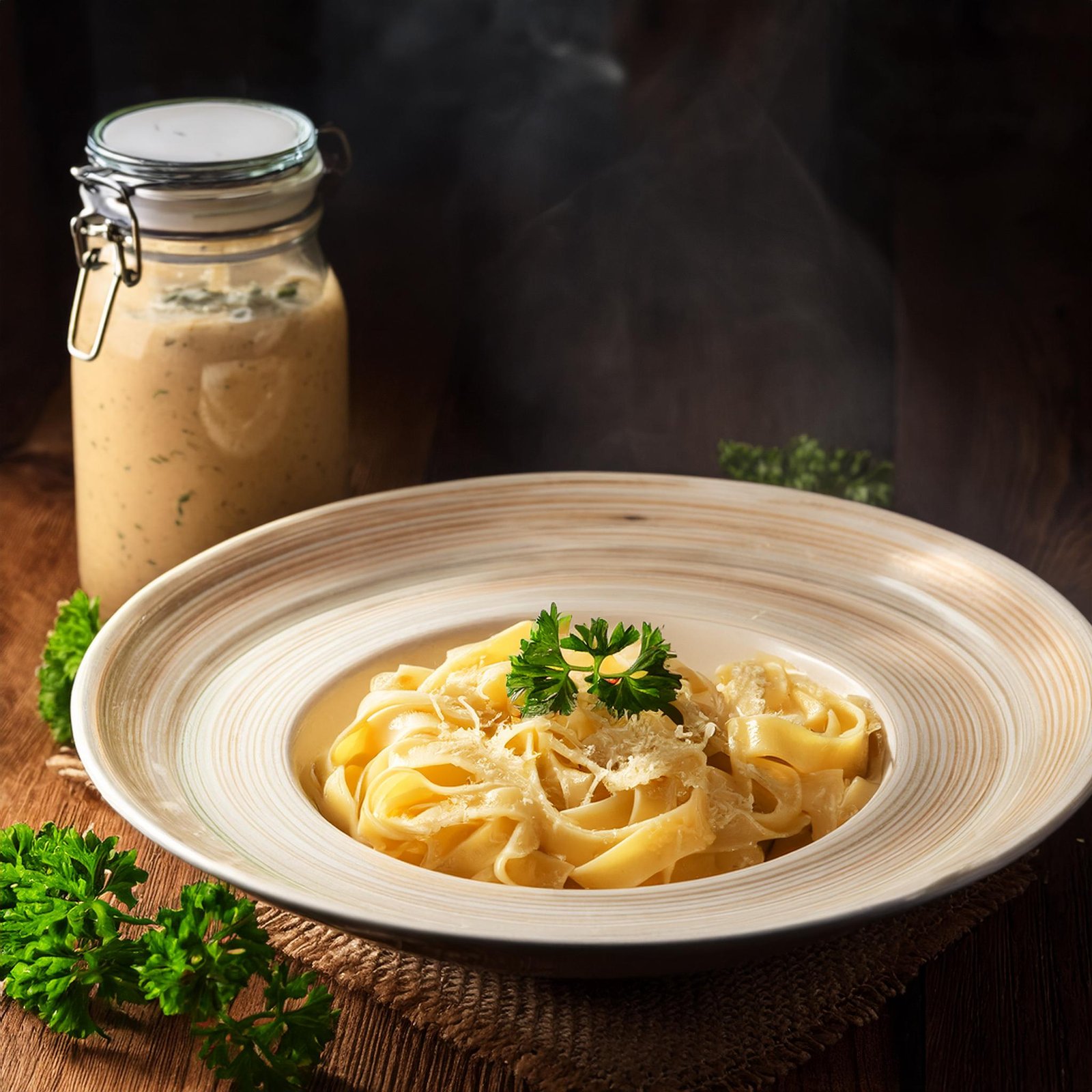Is Ragù Good Alfredo Sauce? When it comes to quick and convenient pasta dishes, Alfredo sauce is a popular choice. With its creamy texture and rich flavor, it turns simple meals into indulgent dishes. Among store-bought options, Ragù Alfredo sauce is a widely recognized brand, but is it good enough to rival homemade or other competitors?
Ragù Alfredo sauce offers convenience and affordability, making it an appealing choice for busy home cooks. However, its taste, texture, and ingredient quality can vary depending on personal preferences. While some enjoy its creamy and consistent flavor, others may find it lacks the freshness and depth of homemade Alfredo sauce.
In this article, we’ll evaluate Ragù Alfredo sauce by analyzing its ingredients, taste, benefits, and drawbacks. Whether you’re curious about its quality or looking for the best option for your pasta dishes, this guide will help you decide if Ragù is the right choice for you.
What Is Ragù Alfredo Sauce?
Is a ready-to-use pasta sauce designed to recreate the creamy, rich flavors of classic Alfredo dishes. Known for its convenience, it’s a popular choice for those who want to save time without sacrificing taste. Let’s delve into its ingredients, nutritional profile, and available options.
Ingredients in Ragù Alfredo Sauce
Typically contains a blend of the following:
- Dairy-Based Ingredients:
- Milk, cream, and cheese (such as Parmesan or Romano) provide the signature creamy texture and flavor.
- Oils and Thickeners:
- Ingredients like soybean oil and modified corn starch contribute to the sauce’s consistency.
- Seasonings:
- Garlic powder, onion powder, and spices enhance the flavor profile.
- Preservatives:
- Additives like potassium sorbate and xanthan gum extend shelf life.
While these ingredients create a smooth and flavorful sauce, the use of processed components like oils and preservatives may not appeal to those seeking fresher alternatives
Types of Ragù Alfredo Sauces
Ragù offers several variations of Alfredo sauce to suit different tastes and dietary preferences:
- Classic Alfredo:
- The original version, with a creamy and rich texture.
- Light Alfredo:
- A lower-calorie option with less fat, ideal for those watching their intake.
- Flavored Alfredo Sauces:
- Variants like Garlic Parmesan or Four Cheese Alfredo offer bolder and more complex flavors.
- Specialty Blends:
- Some versions incorporate spinach or roasted garlic for added variety.
Is widely available in grocery stores, packaged in jars for easy use. With its range of options and accessible price point, it caters to both traditional and adventurous tastes.
Taste and Texture of Ragù Alfredo Sauce

One of the key factors in determining whether Ragù Alfredo sauce is a good option is its taste and texture. While Alfredo sauce is celebrated for its creamy, rich consistency and buttery flavor, how does Ragù measure up to homemade versions or other brands?
Creaminess and Flavor
Ragù Alfredo sauce aims to replicate the classic taste of traditional Alfredo, and it performs well in terms of consistency:
- Creaminess:
- The sauce is smooth and thick, making it ideal for coating pasta evenly.
- It’s dairy-based, so it delivers a velvety texture, though some may find it less luxurious than freshly made sauce.
- Flavor Profile:
- The flavor is mild and creamy, with a subtle hint of Parmesan cheese.
- However, the taste may feel slightly processed to those who are accustomed to the bold, fresh flavors of homemade Alfredo.
Versatility in Recipes
Is versatile and can be used in a variety of dishes beyond pasta:
- Pasta Dishes:
- Works well with fettuccine, penne, or linguine for a classic Alfredo experience.
- Casseroles:
- Its creamy texture makes it a good base for baked pasta dishes or casseroles.
- Vegetables:
- Pairs nicely as a topping for roasted or steamed vegetables like broccoli and cauliflower.
- Pizza Sauce:
- A creative alternative to tomato-based sauces on white pizzas.
While Ragù Alfredo sauce is adaptable, its flavor might need enhancement for more complex dishes. Adding fresh garlic, herbs, or additional Parmesan can elevate the overall taste.
Ragù Alfredo sauce delivers a reliable balance of creaminess and mild flavor, making it a convenient choice for quick meals. However, for those seeking an authentic, fresh-tasting Alfredo, homemade or premium alternatives might be more satisfying.
Benefits of Using Ragù Alfredo Sauce

Is a go-to option for many home cooks, thanks to its convenience, affordability, and versatility. Let’s explore the main advantages of using this sauce in your kitchen.
Convenience and Accessibility
Is designed for quick and easy meal preparation:
- Ready-to-Use:
- The sauce comes pre-made, saving time in the kitchen.
- Ideal for busy weeknights or when you need a fast dinner solution.
- Widely Available:
- Found in most grocery stores, making it an accessible choice for many households.
- Minimal Preparation:
- Requires only heating, allowing you to focus on preparing pasta or side dishes.
Affordable and Budget-Friendly
Compared to making Alfredo sauce from scratch or purchasing premium brands, Ragù offers great value:
- Cost-Effective:
- A single jar is often enough to serve multiple portions, making it economical for families.
- Frequent Discounts:
- Ragù sauces are often on sale, adding to their affordability.
Reliable Quality
Ragù Alfredo sauce provides consistent flavor and texture across jars:
- Dependable Creaminess:
- The sauce maintains its thick, smooth texture, ensuring an even coating on pasta and other dishes.
- Standardized Taste:
- Unlike homemade recipes, which can vary, Ragù offers a predictable flavor profile, appealing to those who prefer consistency.
Versatility
Ragù Alfredo sauce isn’t just for pasta; it works in a range of recipes:
- Casseroles:
- Adds creaminess to baked dishes like chicken Alfredo casseroles.
- Vegetable Dishes:
- Elevates steamed or roasted vegetables with its rich texture.
- Protein Pairings:
- Complements chicken, shrimp, or beef for a complete meal.
Is a practical, cost-effective choice for those seeking a quick and versatile cooking solution. While it may not rival the freshness of homemade versions, its reliability and ease of use make it a favorite for many households.
Drawbacks of Using Ragù Alfredo Sauce

While Ragù Alfredo sauce is convenient and affordable, it does have some limitations that may affect its appeal to certain users. Understanding these drawbacks can help you decide whether it’s the right choice for your cooking needs.
Processed Ingredients
One of the main concerns with Ragù Alfredo sauce is its use of processed components:
- Additives and Preservatives:
- Ingredients like potassium sorbate and xanthan gum extend shelf life but may not appeal to those seeking a cleaner label.
- Flavor Enhancers:
- The sauce relies on artificial flavoring and oils, which can make it taste less natural compared to homemade options.
Not as Fresh as Homemade
Sauce, while flavorful, lacks the freshness and depth of a homemade version:
- Mild Flavor:
- The sauce’s flavor profile may feel subdued or one-dimensional compared to the robust taste of freshly prepared Alfredo sauce.
- Limited Customization:
- Unlike homemade recipes, where you can adjust the seasoning and ingredients, Ragù offers a fixed flavor that might not suit all preferences.
Nutritional Considerations
For health-conscious individuals, the nutritional profile of Ragù Alfredo sauce can be a drawback:
- High in Calories and Fat:
- A single serving contains a significant amount of calories and saturated fat, which might not fit into low-fat diets.
- Sodium Content:
- The sauce is relatively high in sodium, which can be a concern for those monitoring their salt intake.
- Limited Nutritional Value:
- While creamy and satisfying, the sauce doesn’t offer substantial vitamins or minerals compared to fresh, whole-food ingredients.
Potential for Overuse
The convenience of Ragù Alfredo sauce might lead to overuse in meals:
- Frequent Consumption:
- Regularly relying on pre-made sauces could result in a higher intake of processed ingredients.
- Missed Opportunities for Fresh Cooking:
- Using store-bought sauce may discourage experimenting with homemade recipes that allow for healthier, fresher, and more flavorful alternatives.
While Ragù Alfredo sauce is a practical option for quick meals, its processed ingredients, nutritional concerns, and lack of fresh flavor may not align with everyone’s preferences.
FAQs About Ragù Alfredo Sauce
1. How do you make Ragù classic Alfredo taste better?
To enhance the flavor of Ragù classic Alfredo sauce, try these tips:
Add Fresh Ingredients: Sauté minced garlic, onions, or shallots in butter and mix them into the sauce.
Boost the Cheese: Stir in freshly grated Parmesan or Romano cheese for a richer flavor.
Incorporate Herbs: Add fresh or dried herbs like parsley, basil, or oregano.
Brighten with Acid: Squeeze in a bit of lemon juice to balance the creaminess.
Include Spices: Sprinkle in black pepper, nutmeg, or red chili flakes for added depth and heat.
2. What is Ragù Alfredo sauce?
Ragù Alfredo sauce is a pre-made pasta sauce designed to replicate the creamy, cheesy texture of traditional Alfredo sauce. It typically contains ingredients like cream, Parmesan cheese, garlic, and various thickeners and preservatives. This ready-to-use option is a convenient choice for making quick pasta dishes and other creamy recipes.
3. Is Ragù traditional sauce good?
Ragù traditional sauce, such as its tomato-based varieties, is widely regarded as a dependable and affordable option for many recipes. While it may not have the depth of flavor of homemade sauces, its consistency and accessibility make it a practical choice for busy households. For those looking to elevate it, adding fresh garlic, herbs, or cooked vegetables can enhance its flavor profile.
4. Does Ragù Alfredo sauce go bad?
Yes, like all pre-packaged sauces, Ragù Alfredo sauce can go bad:
Unopened Jars: Have a long shelf life but should be stored in a cool, dry place and used before the expiration date.
Opened Jars: Should be refrigerated immediately and consumed within 5–7 days.
Signs of Spoilage: Look for changes in smell, color, or texture, and discard the sauce if there’s mold or an off smell.
Suggested Internal Links:
- Ragu Chicken Fettuccine Alfredo: A Creamy Comfort Food Classic
Showcases a recipe using Ragu Alfredo sauce, providing readers with a practical application. - How Do You Make Ragu Alfredo Taste Better?
Offers tips on enhancing the flavor of Ragu Alfredo sauce, complementing the article’s topic. - Caprese Pesto Pasta Salad: A Fresh and Flavorful Dish
Provides another pasta recipe idea, appealing to readers exploring sauces and pasta dishes. - Garlic Parmesan Chicken Pasta
Links to a savory pasta recipe that could pair well with Alfredo sauce. - What Are the Five Mistakes to Avoid When Making Pasta Salad?
Adds practical advice for pasta preparation, relevant for readers experimenting with Alfredo sauce.
Conclusion About Is Ragù Good Alfredo Sauce?
Is a convenient and budget-friendly option for creating creamy pasta dishes and other recipes. Its reliable consistency, affordability, and wide availability make it a go-to choice for many households. However, it may not deliver the fresh, rich flavors that homemade Alfredo sauce offers.
For those who value convenience, Ragù provides a good base that can be enhanced with fresh ingredients like garlic, Parmesan cheese, and herbs. However, its use of processed components and high sodium content may not appeal to everyone, particularly those who prioritize natural and minimally processed foods.
Ultimately, Ragù Alfredo sauce works well for quick meals and everyday cooking, but experimenting with homemade recipes or other premium options might be worth exploring for a more authentic Alfredo experience.
Discover more mouthwatering recipes on our Web Site ! Stay connected and get inspired by following us on Facebook, Instagram, Pinterest, and Twitter for the latest updates!
